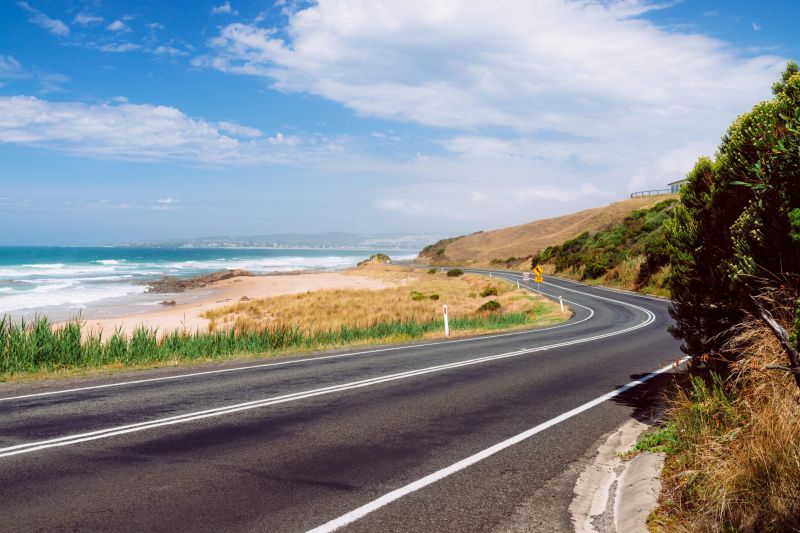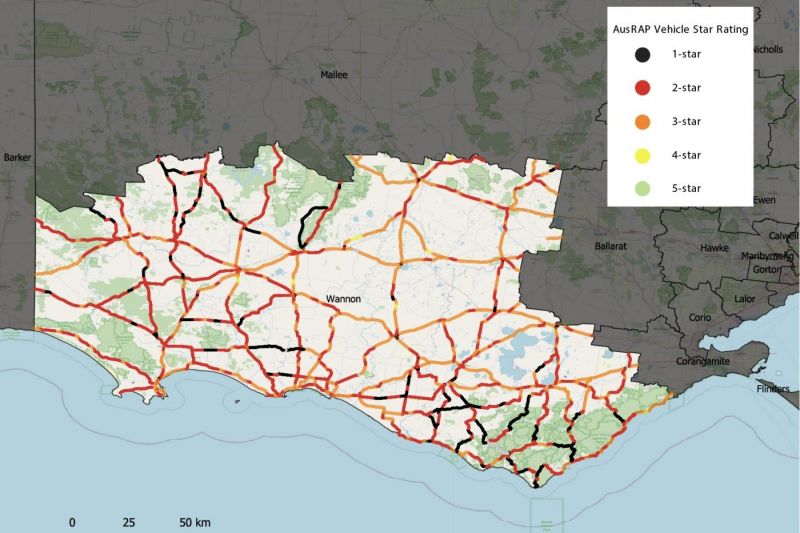Australia’s motoring club peak lobby group has stepped up its campaign for state and territory governments to share their road and crash data – or lose access to the annual $10 billion infrastructure fund paid for by federal tax revenue.
The Australian Automobile Association (AAA), which represents the NRMA, RACV and other motoring clubs, says road funding is poorly targeted and often motivated by politics over science. Better data sharing across the country, it adds, will lead to evidence-based choices and fewer deaths and injuries.
Federal government data shows there have been 1240 road deaths across Australia over the last 12 months, up 7.5 per cent over the previous year or 5.4 per cent adjusted for population growth. Pedestrian and cyclist deaths are up 25 per cent and 37 per cent respectively over the same period.
The core issue, the AAA says, is that while Australia’s states and territories collect important data related to every road death or serious injury – driver behaviour, the number of people involved, licence status, possible cause, weather and road condition – this data is not reported into a central source for experts to assess.
“You can’t manage what you don’t measure, and when it comes to road trauma, the Australian Government measures very little,” said AAA managing director Michael Bradley, pointing out the difficulty of assessing how effective road crash mitigation measures actually are.
“… We need to look at data about crash causation, the state of our roads and police enforcement. State and territory governments hold data, but it is not made public.”
In March 2022 an all-party Select Committee on Road Safety agreed with this position, but Transport Minister Catherine King is yet to action it.
The AAA continues to call for the federal government to compel state and territory governments to share all the granular crash data they collect if they want their share of the annual $10 billion road budget. Stick over carrot.
The Commonwealth and states and territories are actually in the process of negotiating a new five-year National Partnership Agreement on road funding, to be completed later this year.
“State, territory and federal governments on both sides of politics have been using road funding to win votes at elections for decades. They know that by spending more of your taxes on roads in marginal seats, they have a greater chance of winning elections,” the AAA alleges.
It says that while taxpayer-funded International Road Assessment Program protocols have been used in every Australian state and territory to develop more than 450,000km of road safety assessments, the findings remain under wraps.
The AAA this month launched a site called datasaveslives.org.au, demanding “data-driven road funding instead of politically motivated decisions”, publishing where all federal MPs stand on the issue.
Its call for road data transparency has since been backed by the Coalition opposition, the Australian Trucking Association, the Australian Automotive Dealer Association, the Australian Fleet Managers Association, Brain Injury Australia, and crash tester ANCAP.
Federal Member for Wannon Dan Tehan last week released Australian Road Assessment Program (AusRAP) ratings of roads across his regional Victorian electorate, obtained from the Victorian Government via a Freedom of Information application.
The ratings show hundreds of kilometres of roads in western Victoria have received safety ratings of just one or two stars, the worst ratings.
“The data should be made public, and Australians should not have to use FOI laws to obtain it,” Mr Tehan said. “Since I was elected, I have been campaigning for more funding to improve our local roads. This data confirms that the state Labor Government has ignored Wannon, and that’s putting lives at risk.
“The majority of the money is going to Melbourne; we all know that. And federal government funding is not fixing the problem because there is no accountability.”
Meantime Victoria’s Parliamentary Public Accounts and Estimates Committee earlier this month tabled a report noting the state’s road toll had increased by 24.6 per cent in the past year, and recommended improving the timeliness of crash data reporting.
MORE: Australia keeps missing critical road toll targets
MORE: Australia’s road safety strategies are failing badly, say motoring clubs
MORE: Why is Australia’s road toll up, despite speed cameras and safer cars?



